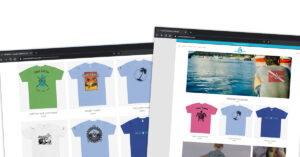POWERHOUSE SERVICE & SUCCESS
Client Profile: Alpha Omicron Pi Foundation
Powerhouse Service Provided: External Communications
“Jessica Bertsch and the Powerhouse team fully exceeded our expectations by planning our #GivingTuesday social media campaign within a very short timeframe. The creative and conceptual designs were excellent, and we enjoyed working with Jess and her team. Thank you for helping us reach our #GivingTuesday goal and laying the groundwork for future social media campaigns!”
– Courtney Stafford, Director of Advancement, Alpha Omicron Pi Foundation











